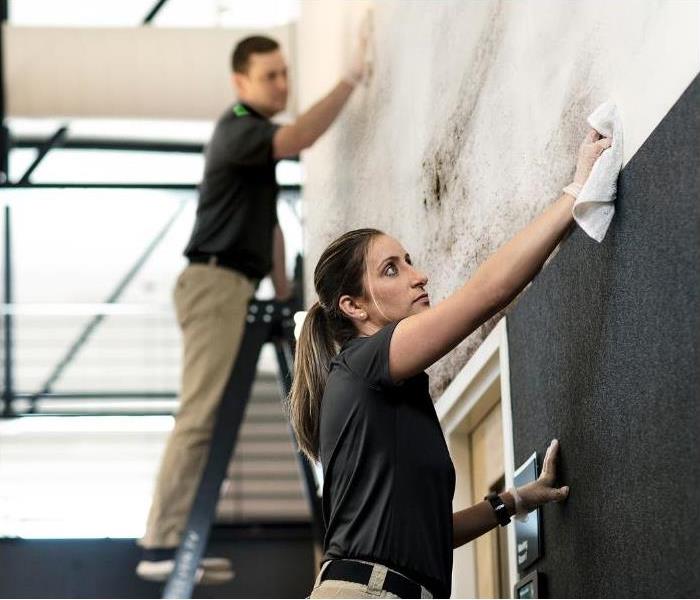Effects of Chicago Fire Damage on Homes and Businesses
4/6/2023 (Permalink)
 If you need professional assistance with fire damage, Call our SERVPRO team in Chicago; we are always available to help you!
If you need professional assistance with fire damage, Call our SERVPRO team in Chicago; we are always available to help you!
We Overcome Several Types of Fire Damage
While we hope never to see the severity of the great fire of 1871 that spread over more than 3 miles of Chicago, destroying more than 17,000 structures, fires are still happening every day in the city. Because each disaster features several variables, the needed restoration and recovery strategies change from one building to another. Our team is equipped to help with single-family homes, high-rise apartment buildings, and massive commercial facilities. We focus on specific factors when we first arrive, including:
- Structural integrity
- Personal belongings
- Safe living conditions
- Water damage
There is an urgency to address Chicago fire damage when it occurs. The longer that mitigation and restoration take to begin, the more the structure becomes damaged by post-disaster effects like soot circulation and harsh odors. Our roster of talented and accredited professionals is ready and able to help 24/7 when fires threaten your life.
Why We Act Quickly
Mitigation is a powerful and necessary phase of fire damage recovery operations for our responding team. These actions are critical in protecting the structure from more significant harm while protecting affected personal belongings and contents. The rapid response team is trained to identify structural hazards and pressing concerns to resolve these issues so restoration does not get delayed in starting. Some focal points include:
- Fire Debris Removal
- Water Removal
- Content Relocation
The Airborne Hazards After Fire Damage
A significant threat to the property after a fire is extinguished is the environment's circulating particles. Our team focuses on ways to reduce the presence of microscopic soot and make the work area safer for responding restorers and the occupants of the house. With HEPA 500 air scrubbers and hydroxyl generators, these units filter harmful particles out of the air, ultimately reaching a point where personal protective equipment is no longer required to operate in the room safely.
Removing Soot and Smoke Damage
Soil deposits must also be addressed rapidly. The longer that corrosive smoke damage residues can stay on sensitive building materials and contents, the likelier these surfaces cannot be restored. We use multiple approaches to overcome soot and smoke damage on materials, much of which depends on the affected underlying substrate, type of smoke damage, and the thickness of the residue.
- Solvents - these chemicals are necessary when thick residues on surfaces must get dissolved to be wiped away.
- Alkaline Detergents - we utilize certain cleaning materials to neutralize acidic properties in soot particles on surfaces. Introducing alkalinity to acidic residues can protect underlying materials while cleaning.
- Abrasive Cleaning - in some situations, more aggressive cleaning measures are necessary. Media blasting and abrasive mechanical action can help prevent the tear-out of affected building materials.
- Controlled Demolition - when other measures are ineffective, the final resort is to remove and discard affected materials.
Odor Neutralization After Fire Damage
One of the widespread and overwhelming byproducts of combustion is a harsh smoke odor in the building. Some of the cleaning and mitigation steps can reduce the severity of these smells, but deodorization practices are necessary to neutralize the scent completely. We use devices like ozone machines for open areas where the family is not still in the structure to fogging machines that can impact trapped malodors in porous building materials.
Chicago fire damage appears in many forms, but our experienced professionals can help. Give our SERVPRO of Marquette Park / West Lawn / Ford City team a call at (773) 337-3993.






 24/7 Emergency Service
24/7 Emergency Service